IT IS YOUR MONEY

Beyond Points: DigitalBenefits.Network a Blockchain Powering the Tokenized Customer Loyalty industry
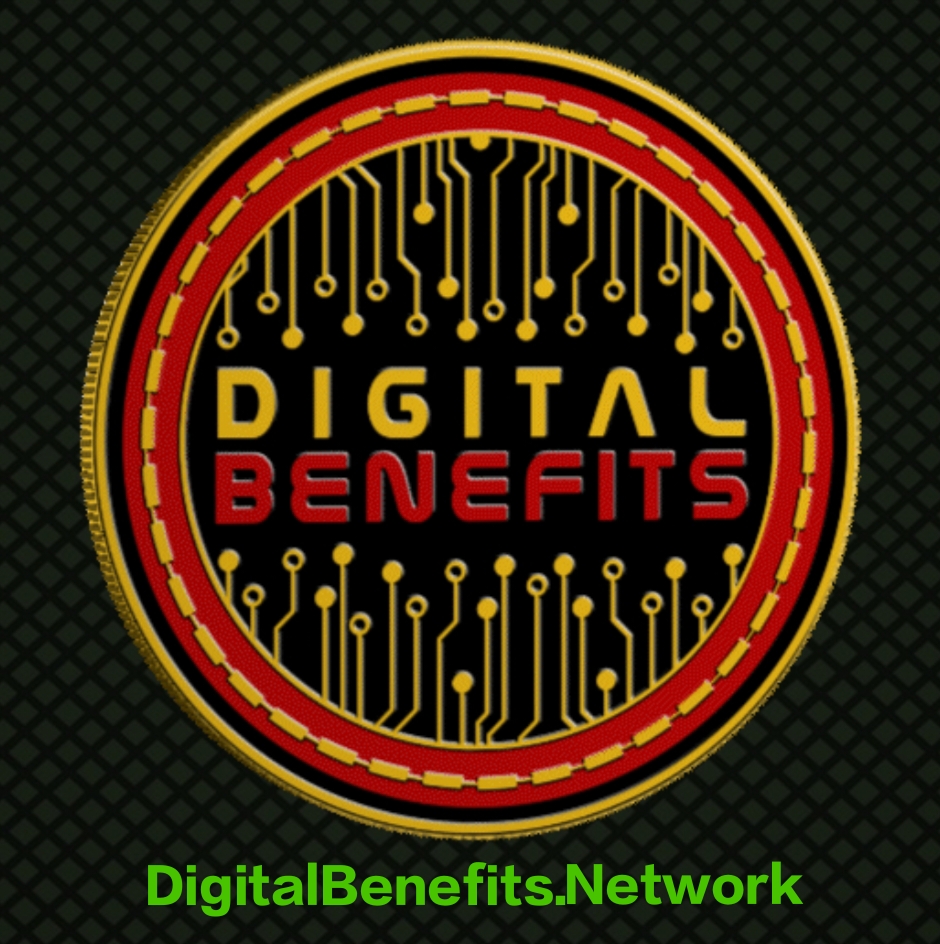
ENTER A NEW PARADIGM: DigitalBenefits.Network. This isn't just another points program; it's a global, blockchain-based ecosystem that revolutionizes how value is earned, exchanged, and redeemed. By digitizing benefits into flexible, tradeable assets, it forges deeper, more profitable customer relationships while offering businesses an unprecedented 90% reduction in operational overhead. The era of static loyalty is over.

How some Chinese exporters benefit from US dollar-backed stablecoins
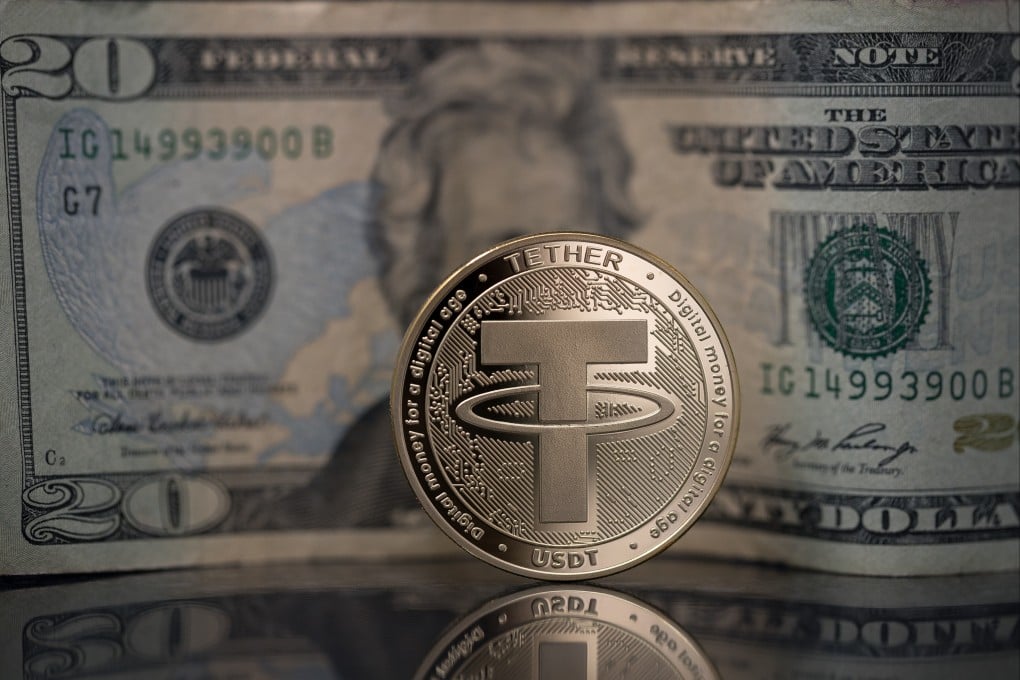
In this explainer, the Post outlines four roles that US dollar-backed stablecoins play in China’s overseas trade, based on a recent analysis by Zou Chuanwei, the president of the Jiangsu Jinke Research Institute on Digital and Technology Finance, published in Tsinghua Financial Review. How are Chinese traders using US dollar-backed stablecoins? First, some overseas importers face regulatory barriers that restrict them from using traditional US dollars.

Digital asset bank in Norfolk to mark new chapter for finance in the state.
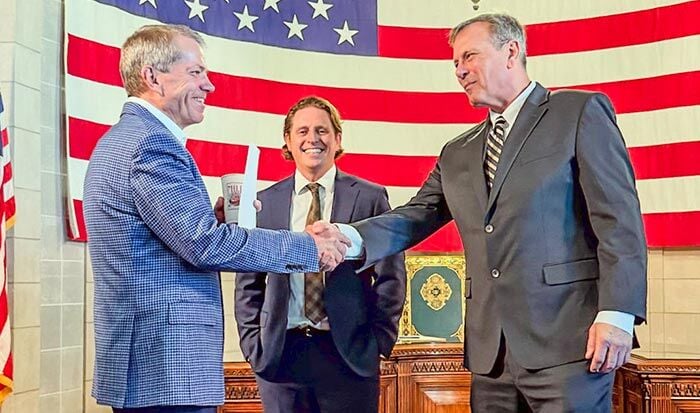
Nebraska made national history last week when Gov. Jim Pillen formally signed a charter for Telcoin Digital Asset Bank in Norfolk — making it the first state in the country to authorize a digital bank with the ability to mint stablecoins.\r\n\r\nThe move is not only a milestone for the rapidly evolving world of digital finance, but also a major economic moment for both Nebraska and the Norfolk community.\r\n\r\n“We’re the first digital asset depositary institution in the state of Nebraska

Asset Tokenization: Redefining Liquidity in Private Markets
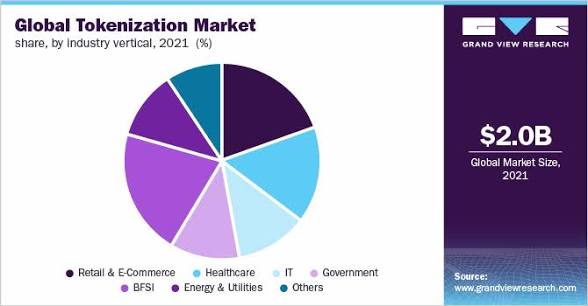
Private equity, venture capital, and pre-IPO shares have long suffered from illiquidity and limited access. Tokenization is transforming these markets by enabling fractional ownership and secondary trading—bringing unprecedented liquidity and transparency to once-closed investment arenas.

The best way to regulate digital assets: Merge the SEC and CFTC

Now that President Trump has signed into law the GENIUS Act to regulate stablecoins—a crypto tokens whose value is pegged to the dollar—Congress is taking up crypto “market structure” legislation to regulate the issuance and trading of digital assets.1 Although the current proposals have some good features, they could do more harm than good. Instead, we should consider a different path—merging the Securities and Exchange Commission (SEC) and the Commodity Futures Trading Commission (CFTC).

Chainlink establishes itself as the undeniable leader in real-world asset (RWA) tokenization
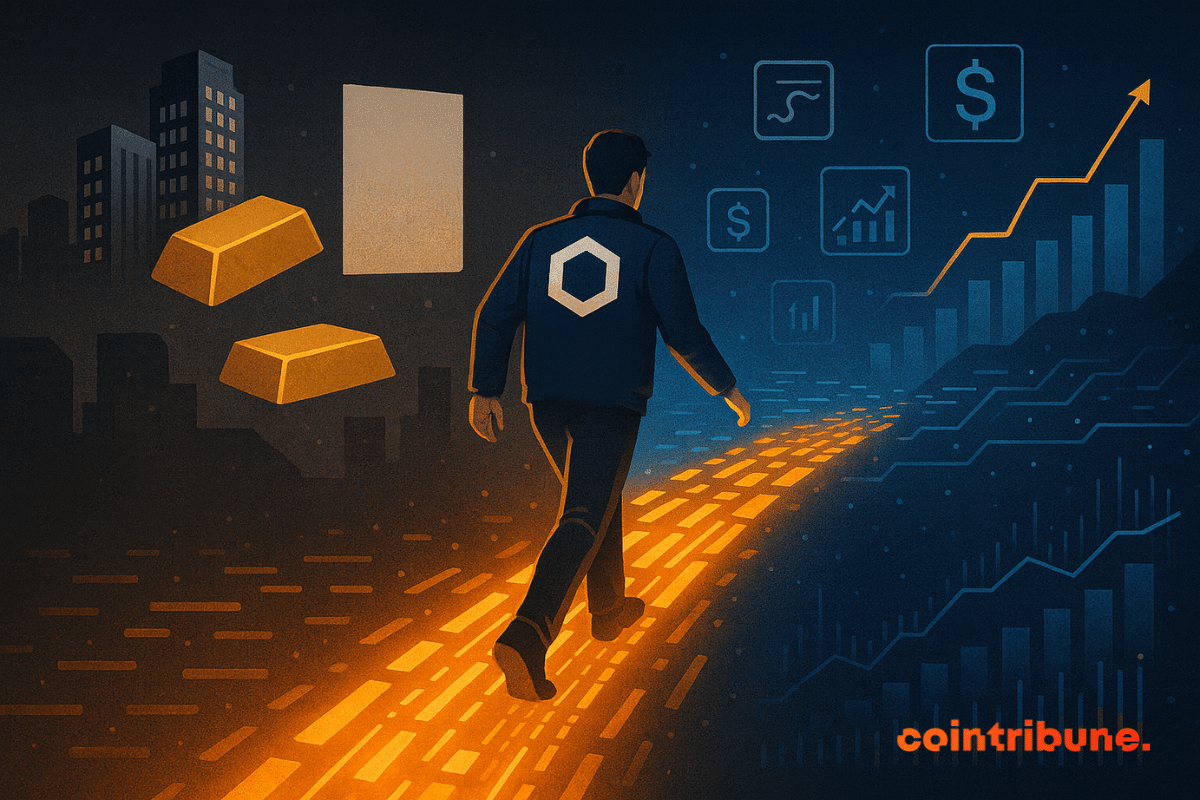
Chainlink has established itself as the reference oracle network for real-world asset tokenization. Its technology enables smart contracts to securely access real-world data, an essential condition for creating reliable tokenized assets. Nazarov explained that the company acts as an intermediary for transactions between financial institutions, asset issuers, and regulators, positioning Chainlink as the essential bridge between traditional finance and DeFi.

RWA Meets DeFi: Bridging Traditional Finance with Innovation
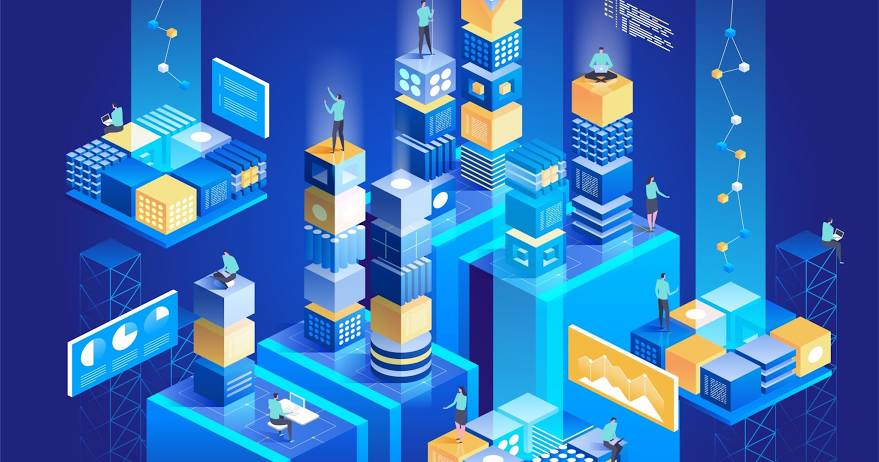
The convergence of Real World Assets and Decentralized Finance is unlocking new economic models. By integrating tokenized RWAs into DeFi protocols, users gain access to real-yield opportunities, improved collateral options, and hybrid financial services that merge regulatory compliance with open-access innovation.

Kraken, Backed expand tokenized stocks to Tron ecosystem amid RWA push
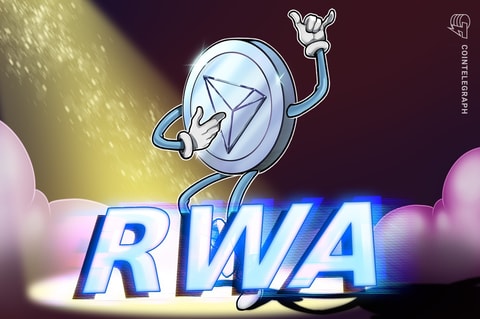
On Wednesday, cryptocurrency exchange Kraken and tokenization platform Backed Finance announced an expansion of xStocks, a tokenized stock product offering, to the Tron blockchain. The move comes as real-world asset (RWA) tokenization, particularly within stocks, is taking hold. According to the announcement, Backed will deploy the stocks as TRC-20 tokens. Previously, Kraken and Backed launched xStocks on Solana and BNB Chain.
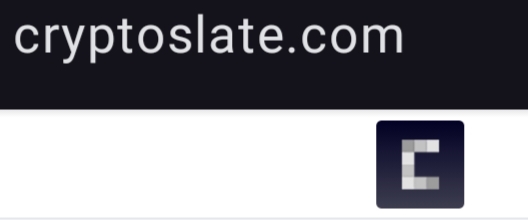
Tokenized US Treasuries reach $7.45 billion all-time high
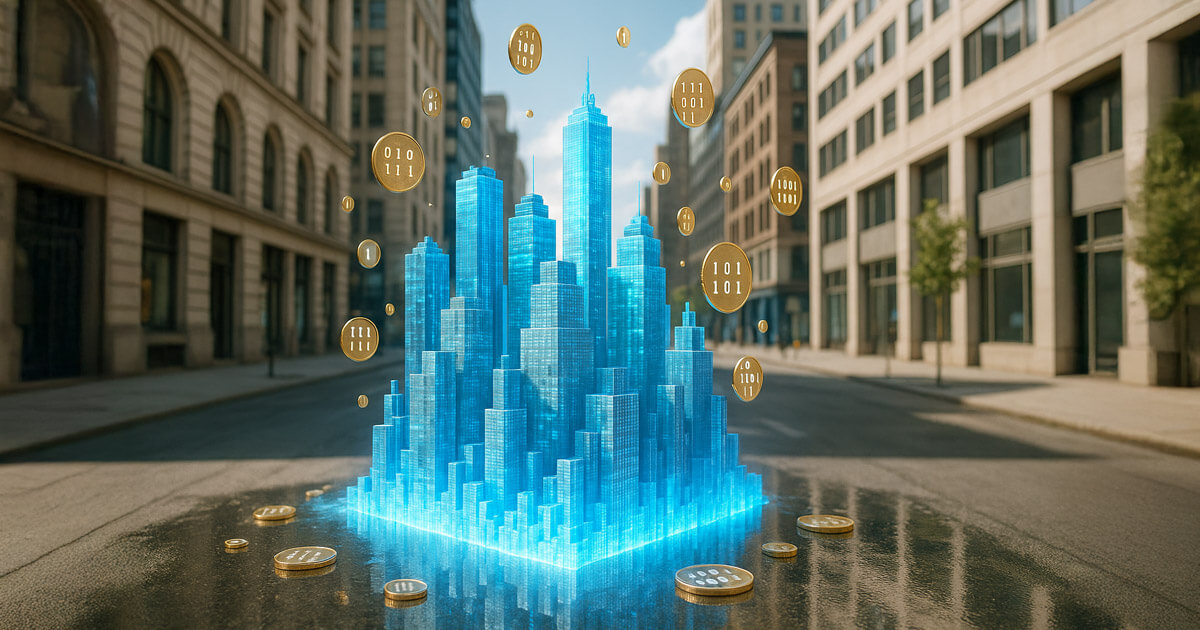
US tokenized treasury products reached a new all-time high of $7.45 billion on Aug. 27, surpassing the previous peak of $7.42 billion registered on July 15. According to rwa.xyz data, the milestone caps a 14% recovery over two weeks following a market correction that bottomed out at $6.51 billion on Aug. 13. The tokenized treasury sector experienced a 12% decline from its mid-July peak. BlackRock’s USD Institutional Digital Liquidity Fund (BUIDL) maintains market leadership

Tokenized Treasuries: Safe-Haven Digital Assets Gain Traction

Investors are increasingly turning to tokenized U.S. Treasuries as a secure entry point into digital assets. Backed by government debt and offering near-instant settlement, these RWA tokens combine the safety of traditional bonds with blockchain efficiency—delivering yield, transparency, and global access in a rapidly evolving financial landscape.

Tokenization fuels LATAM; RWA protocol breach reached $14.6M
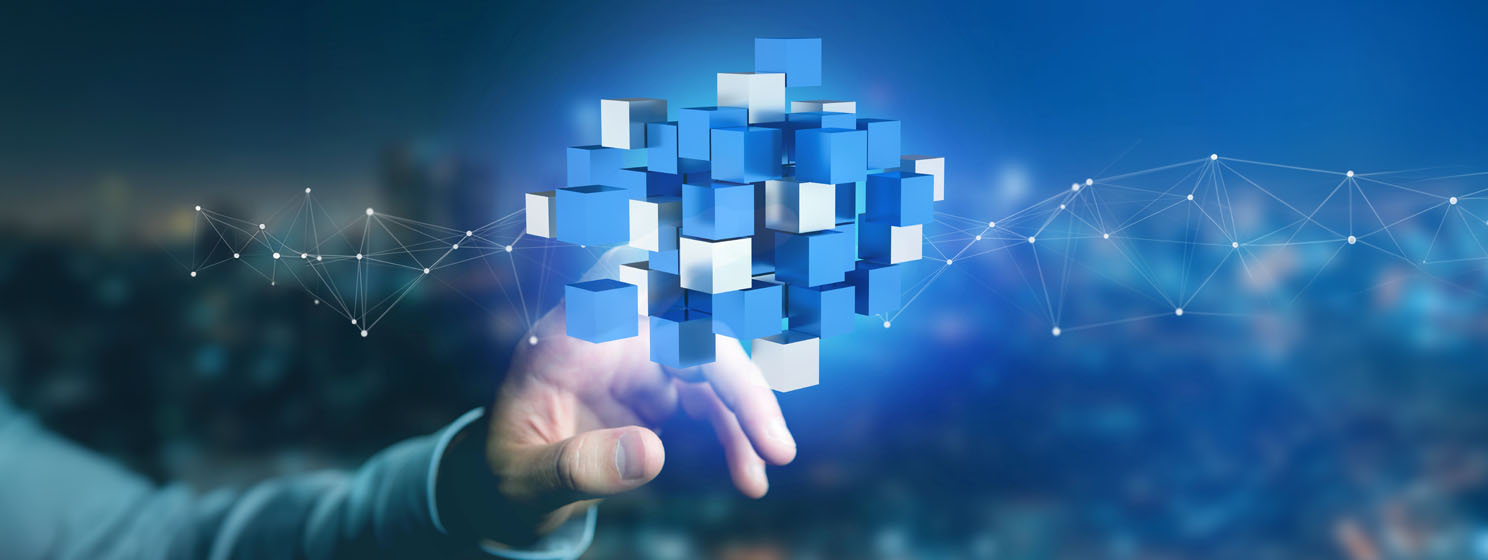
The inaugural Bitfinex Securities Market Inclusion Report noted that tokenization of financial instruments using blockchain technology offers a rare socio-economic opportunity for the emerging region. The report hinged its findings on the responses of LATAM experts and financial sector players from eight nations, including Brazil, Argentina, Chile, Colombia, Panama, and Peru.

From Bonds to Buildings: RWA Tokenization Reshapes Finance
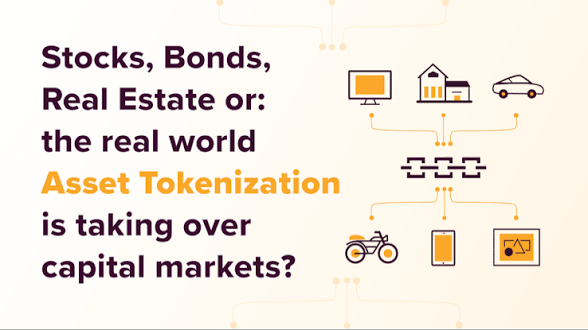
Real-world assets—from government bonds to commercial buildings—are being reimagined through tokenization. This evolution enhances efficiency, transparency, and accessibility across financial markets. As legacy systems struggle with delays and opacity, RWA-powered digital assets offer a faster, more equitable alternative poised to redefine global finance.

RWA Tokenization Market To Reach $16T by 2030, Skynet Report Says
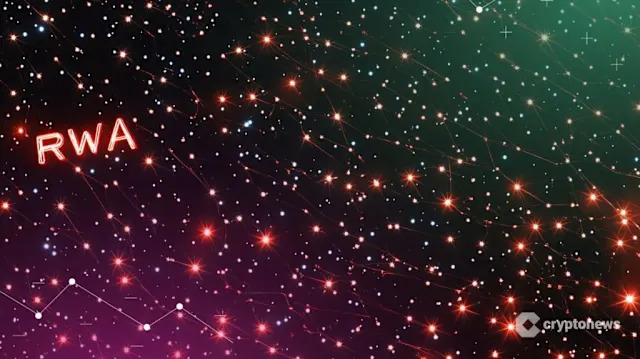
Institutional Interest in Tokenization The report noted that traditional financial institutions and blockchain-native firms are driving adoption, using RWA products for both yield opportunities and liquidity management. Skynet said major banks and asset managers are exploring tokenization as a way to digitize assets ranging from debt instruments to commodities. The report pointed to growing use cases in private credit, trade finance, and money market funds.
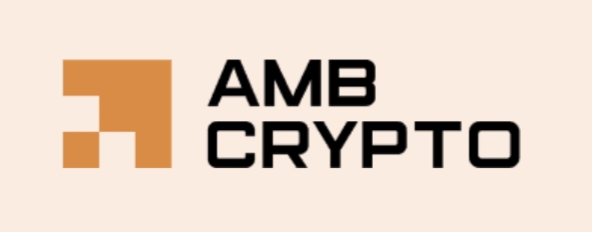
RWA tokenization explodes 70% YTD, eyes $400 trillion
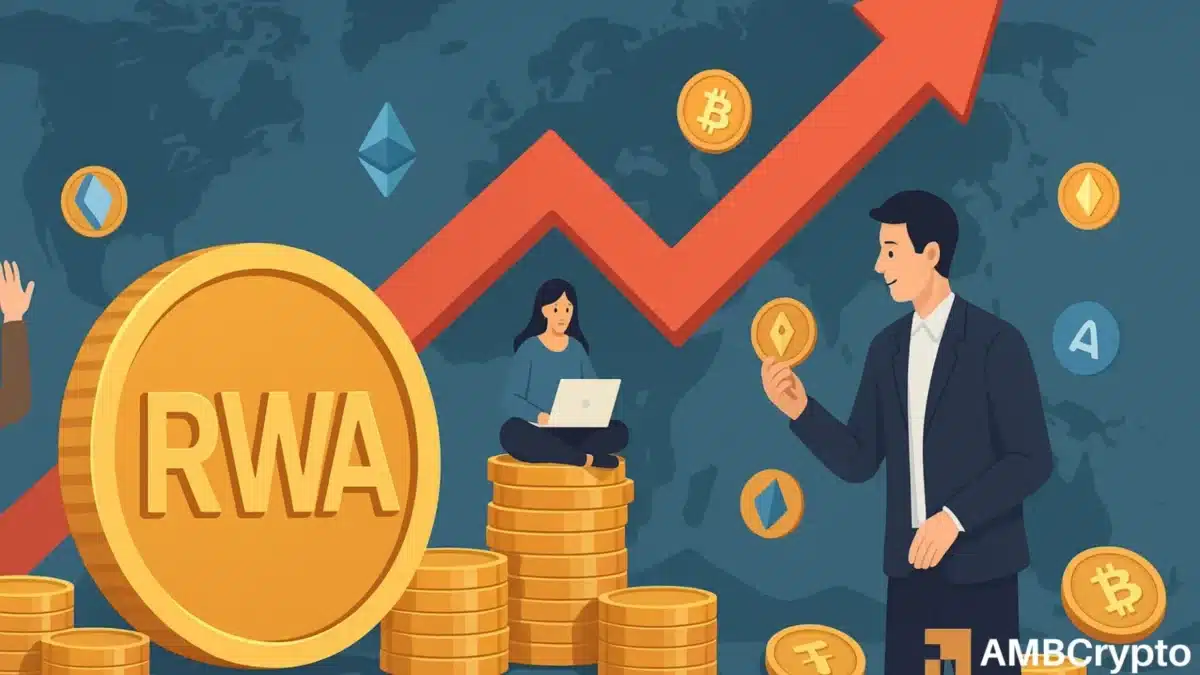
RWA tokenization surges to an all-time high! Researchers Andrew Ho and Ming Ruan from Animoca Brands believe that as the tokenized RWA market develops, it has the potential to encompass trillions of dollars of traditional financial assets across multiple blockchain networks. However, despite the tokenized RWA market climbing to $26.5 billion, it still represents only a tiny portion of the $400 trillion total addressable market.

DINGO CAPITAL: Special Banking License to service Tokenized RWA-FIAT-Crypto Accounts-Wallets
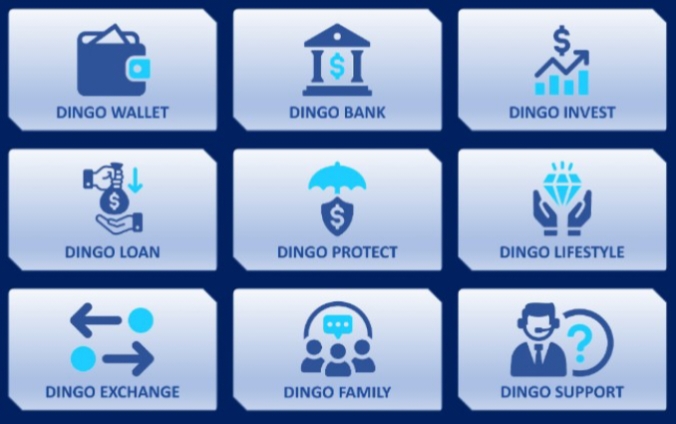
Regulatory Milestone: A Banking License Ahead of Schedule Dingo.Capital’s recent acquisition of a special banking license marks a pivotal moment in its strategic evolution—arriving notably ahead of its projected Step 4 timeline in the company’s publicly shared “8 Steps to Success” framework. This regulatory approval not only validates Dingo.Capital’s compliance infrastructure but also unlocks the capacity to operate as a fully licensed financial institution with global reach.
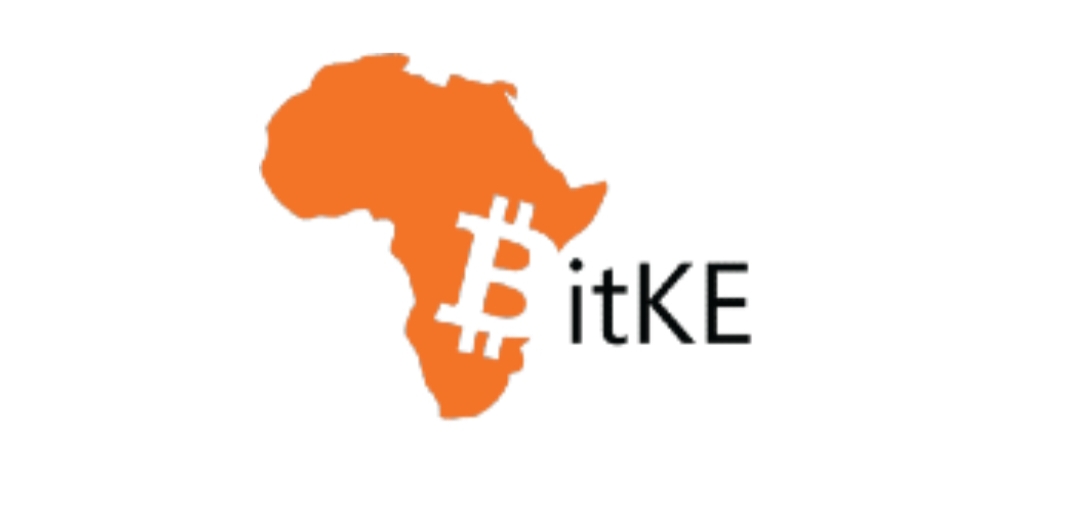
Bank of Uganda Governor Lists 6 Foundational Pillars for Crypto Regulation in the Country.
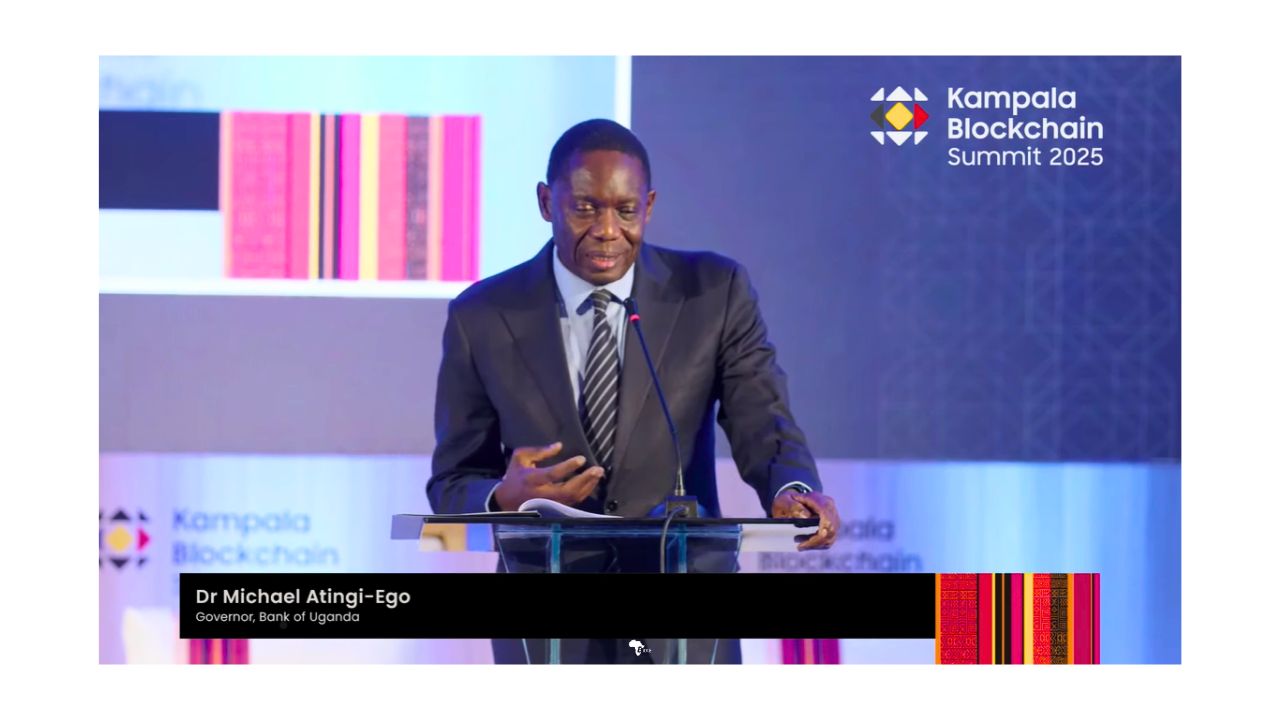
The Bank of Uganda Governor, Dr. Michael Atingi-Ego, has highlighted the core foundations that the regulator is using to draft crypto legislation for the country. In a keynote speech at the Kampala Blockchain Summit 2025 organized by the Blockchain Association of Uganda, the Governor highlighted the importance of balancing between innovation and stability to avoid underground crypto activity while protecting markets.

Digital Natives and Digital Assets: How Gen Z Drives the Crypto Craze
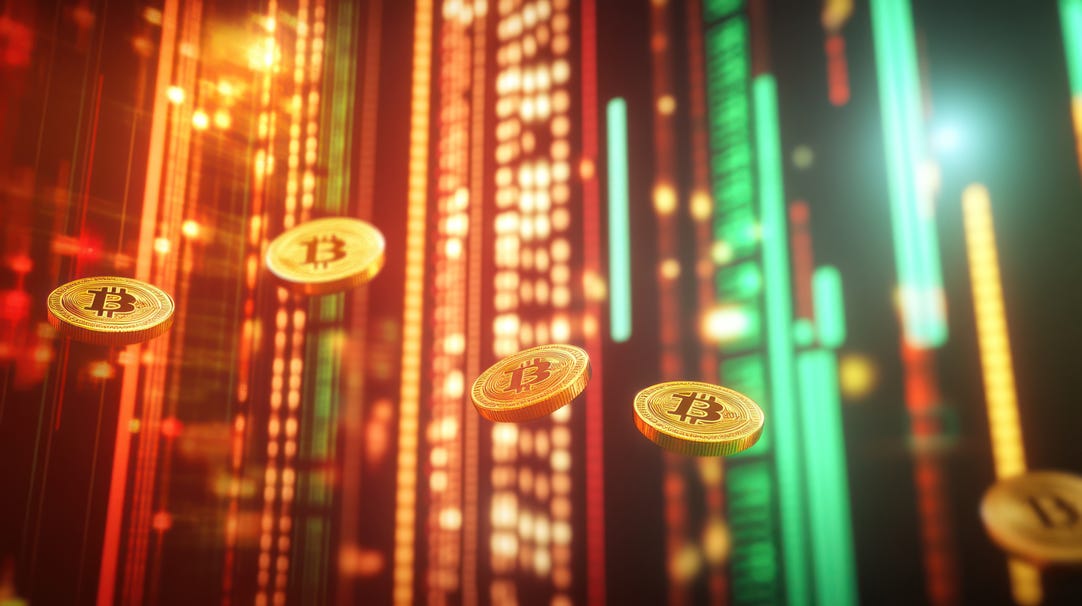
The newest adults, affectionately known as Gen Z, are characterized as digital natives, having grown up immersed in a world with smartphones and tablets. Because they never knew life without a cellphone or the need for multiple devices to listen to music or take a picture, it’s unsurprising that Gen Z tends to be especially comfortable experimenting with digital currencies as well. These digital natives have approached personal finance from a wholly different angle than previous generations

"DNI" Digital Network International: The Future in Blockchain-RWA Tokenization-Digital Money & Trust
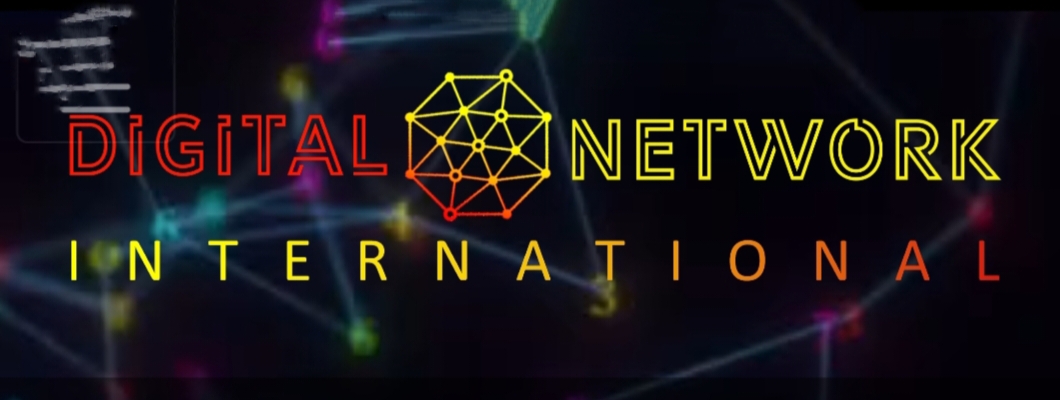
Specializing in innovative blockchain-based SaaS solutions, Digital Network International AB offers advanced services in cyber security, customer verification (KYC), consumer loyalty programs, member management, and digital voucher solutions. Our experienced team from 5 continents and our cutting-edge technologies help businesses streamlining operations, and thus focusing on their customer relationships. At the same time, they enhance data security and online privacy for their customers.

Advancing Reserve Transparency in Tokenized Gold

Tokenization of Real-World Assets (RWAs) is one of the fastest-growing segments in on-chain finance, with the potential to bring more than $400 trillion in traditional assets onto blockchain infrastructure. As the industry matures, trust and transparency in the underlying asset become critical to sustainable adoption. Commodities, particularly gold, given its long-standing role as a store of wealth

Hester Peirce Claims US SEC Ready to Promote DePIN and RWA Tokenization Projects
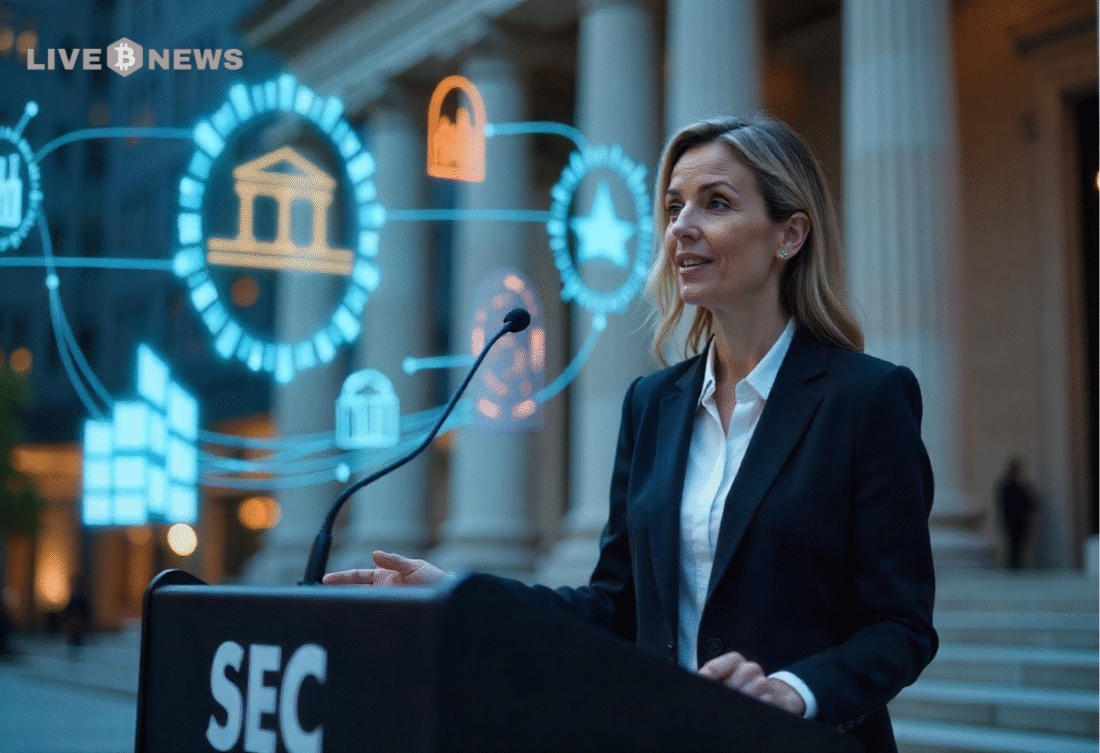
US SEC Commissioner Hester Peirce recently stated that the commission is open to supporting decentralized physical infrastructure network (DePIN) projects and real-world asset (RWA) tokenization. These projects aim to bring innovation and practical solutions to industries using blockchain technology. Peirce’s comments come as the SEC looks to address challenges and clarify its stance on these new developments.
© 2025
